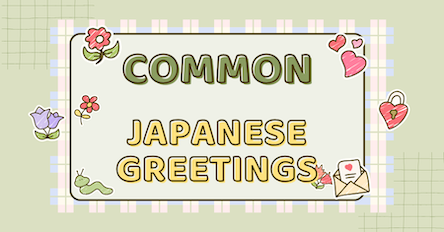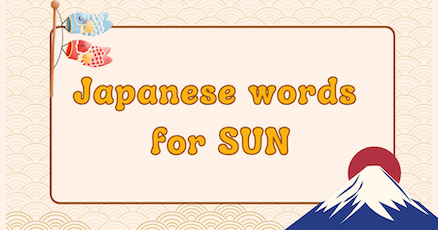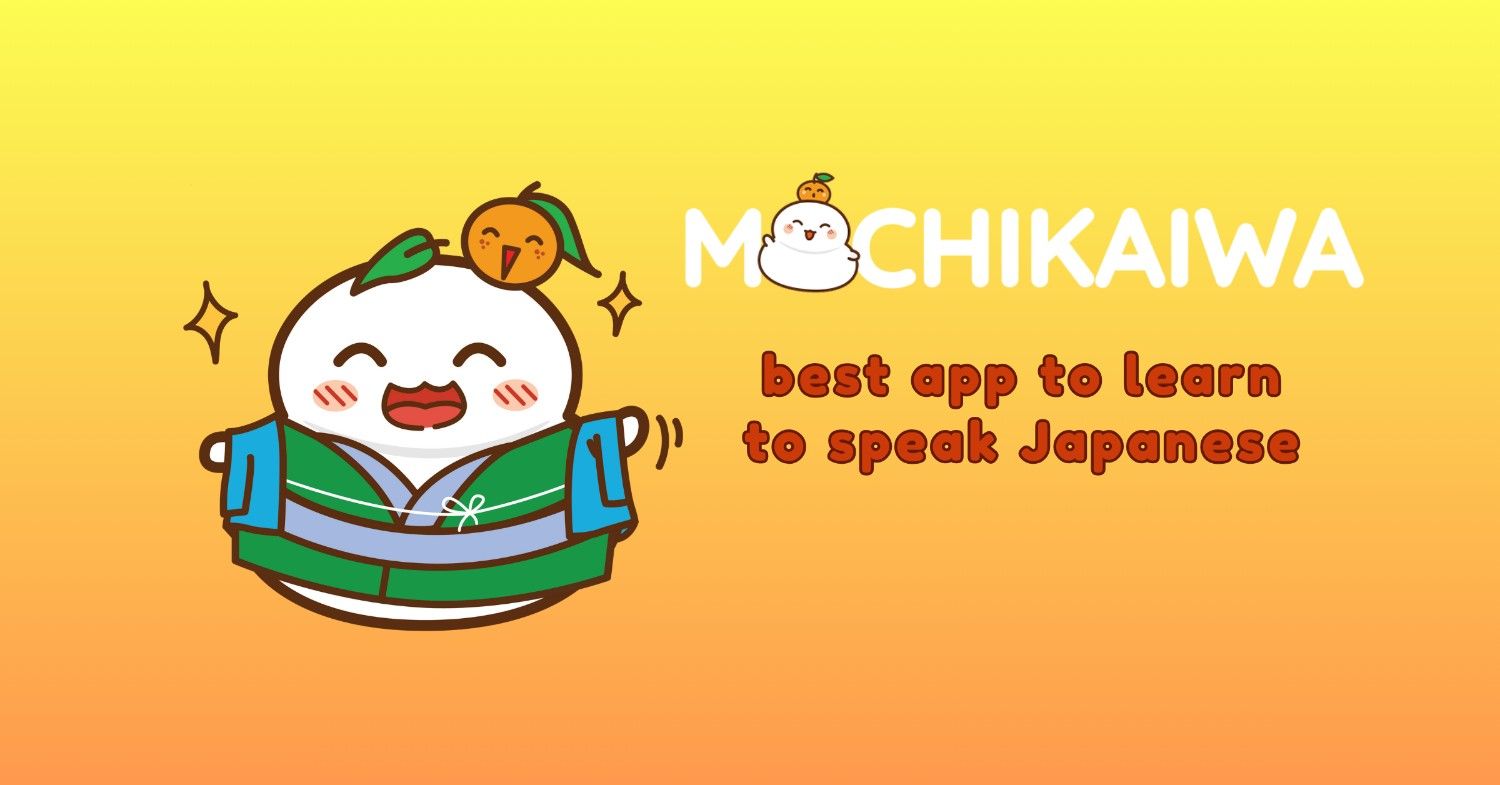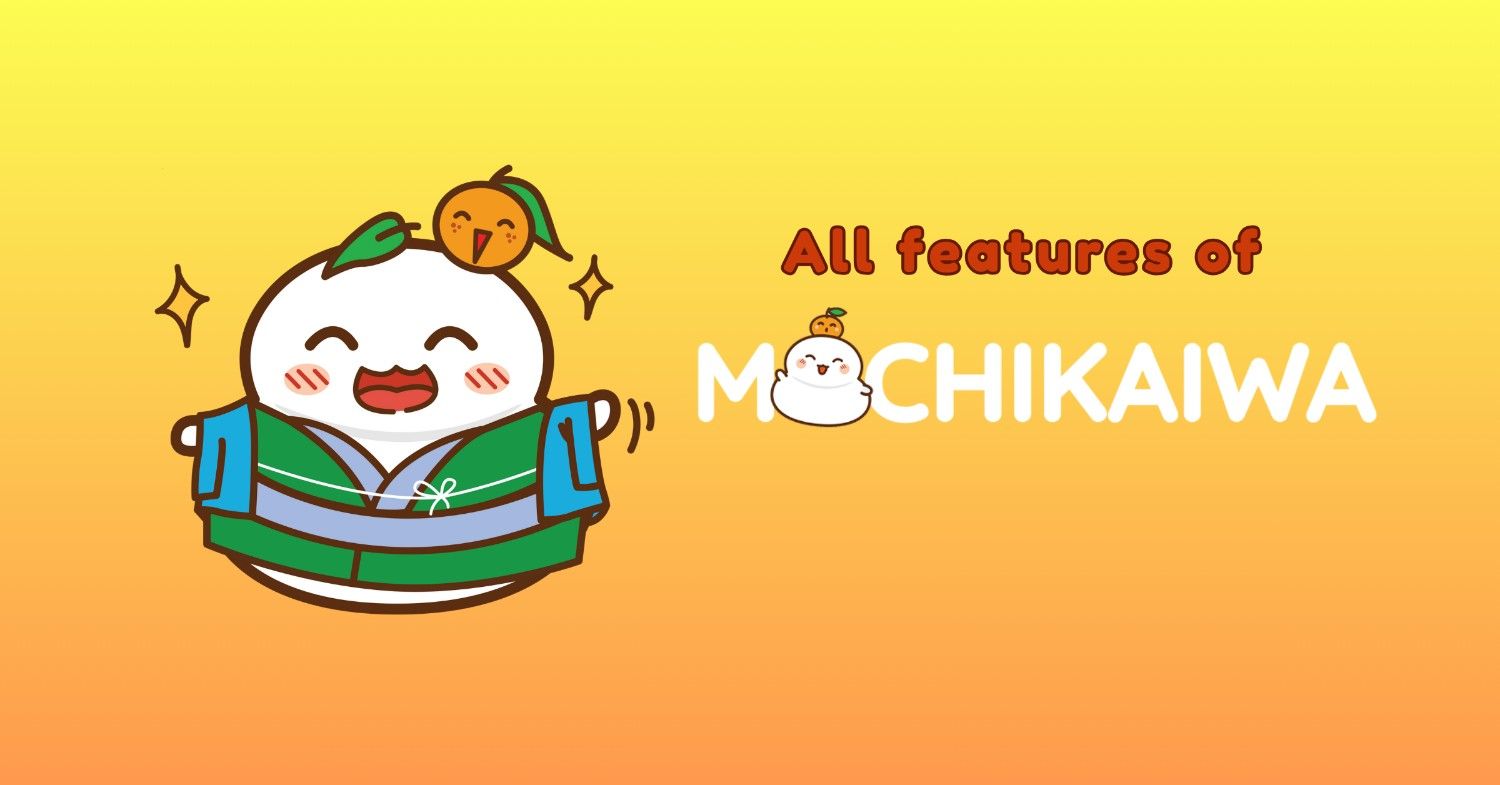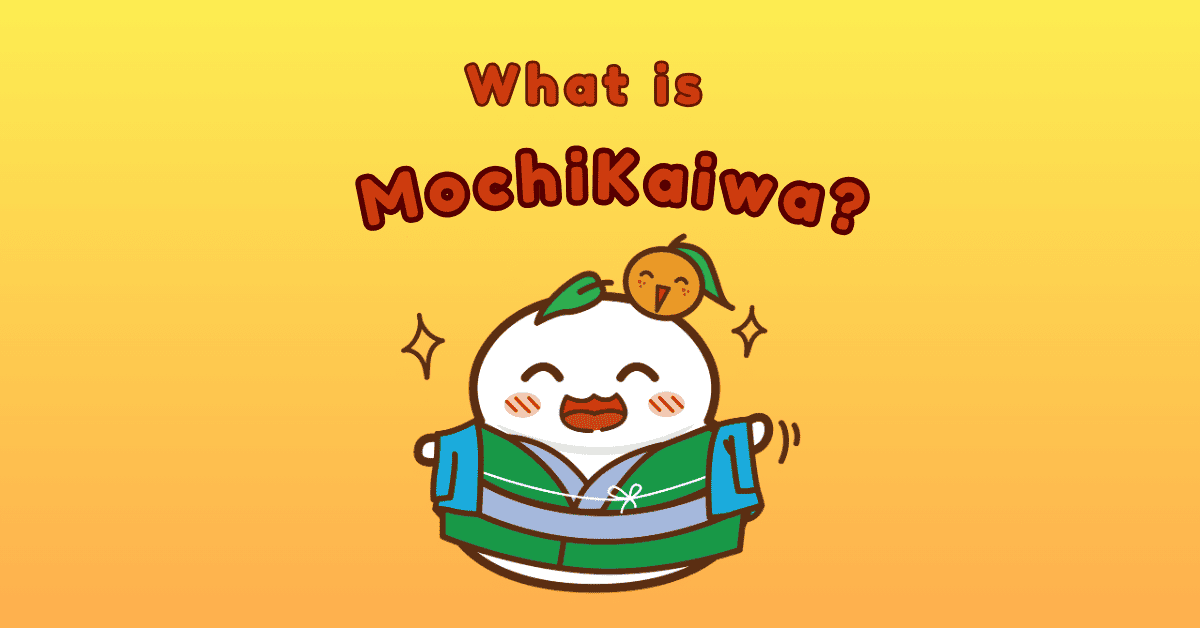When learning Japanese, mastering question words is one of the most practical skills for communication. Whether you’re asking someone’s name, inquiring about directions, or simply trying to clarify something, these question words will be essential. Let’s dive into the six most important Japanese question words: who, what, when, where, why, and how.
- Who? – 誰 (だれ, dare)
- What? – 何 (なに, nani) / 何 (なん, nan)
- When? – いつ (itsu)
- Where? – どこ (doko)
- Why? – なぜ (naze) / どうして (doushite)
- How? – どうやって (douyatte) / どのように (dono you ni)
1. Who? – 誰 (だれ, dare)
The Japanese word for “who” is 誰 (dare). It’s used for asking about people or identifying who someone is. Dare is suitable for casual to semi-formal conversations, but in very polite settings, どなた (donata) is preferred.
- 誰ですか? (Dare desu ka?) – Who is it? (casual)
- 彼女は誰ですか? (Kanojo wa dare desu ka?) – Who is she? (casual)
- どなたですか? (Donata desu ka?) – Who is it? (polite)
In general, dare is used frequently in informal situations. When addressing someone with higher status, or when extra politeness is necessary (such as in business contexts), donata is the appropriate choice.
2. What? – 何 (なに, nani) / 何 (なん, nan)
The word for “what” is 何 (nani), but when it precedes sounds like d or t, it changes to なん (nan). For instance, when asking about time or people, you’ll use nan instead of nani.
- これは何ですか? (Kore wa nani desu ka?) – What is this?
- 何を食べますか? (Nani o tabemasu ka?) – What will you eat?
- 何時ですか? (Nanji desu ka?) – What time is it? (note the change to nan)
- 何人いますか? (Nannin imasu ka?) – How many people are there?
Note that nani is more versatile, used for inquiring about objects, actions, and events. You’ll encounter nan when asking about time, people, or counts, as the pronunciation changes to accommodate the sound that follows
3. When? – いつ (itsu)
The word いつ (itsu) is used to ask when something will occur. Whether you’re asking about an event or a specific moment in time, itsu is your go-to word.
- いつ行きますか? (Itsu ikimasu ka?) – When are you going?
- 誕生日はいつですか? (Tanjoubi wa itsu desu ka?) – When is your birthday?
- 明日はいつですか? (Ashita wa itsu desu ka?) – When is tomorrow?
Itsu is highly flexible and can be used in both casual and formal contexts without altering its form. However, note that いつ can sometimes feel somewhat neutral or impolite depending on the intonation. To avoid this, you may opt for more polite alternatives when necessary.
4. Where? – どこ (doko)
When asking “where” in Japanese, you’ll use どこ (doko). This is an incredibly common question word, used mainly for asking about places, locations, or directions.
- 駅はどこですか? (Eki wa doko desu ka?) – Where is the train station?
- トイレはどこですか? (Toire wa doko desu ka?) – Where is the bathroom?
- どこに行きますか? (Doko ni ikimasu ka?) – Where are you going?
For polite or formal conversations, どちら (dochira) can be used instead of doko. It’s also common in business settings or when speaking with elders.
- お手洗いはどちらですか? (Otearai wa dochira desu ka?) – Where is the restroom? (polite)
Doko is generally more casual and informal, and should be used in situations with friends, family, or people you’re familiar with.
5. Why? – なぜ (naze) / どうして (doushite)
Japanese offers multiple ways to ask “why”, with varying levels of formality:
- なぜ (naze): More formal or serious.
- どうして (doushite): Casual and more common in everyday speech.
- なんで (nande): Very casual, often used in informal conversations.
Here are examples of each:
- なぜですか? (Naze desu ka?) – Why is that? (formal)
- どうして来ないのですか? (Doushite konai no desu ka?) – Why aren’t you coming? (casual)
- なんで行かないの? (Nande ikanai no?) – Why aren’t you going? (informal)
Nande is usually used when speaking to close friends, family, or younger people, while doushite is more versatile, suitable for most social contexts. Use naze when you need a more formal or respectful tone.
6. How? – どうやって (douyatte) / どのように (dono you ni)
For asking “how,” どうやって (douyatte) is commonly used to inquire about processes or methods.
- どうやって行きますか? (Douyatte ikimasu ka?) – How do you get there?
- どうやって作りますか? (Douyatte tsukurimasu ka?) – How do you make it?
For more formal contexts or if you want to sound extra polite, you can use どのように (dono you ni).
- どのように勉強しますか? (Dono you ni benkyou shimasu ka?) – How do you study? (polite)
Both douyatte and dono you ni are often used for asking about methods or specific ways of doing things, with douyatte being more casual and dono you ni more formal.
Japanese question grammar rules
In Japanese, forming questions is straightforward. Simply add the question particle か (ka) to the end of a sentence to turn it into a question. The structure of the sentence remains the same, unlike in English where word order changes.
For example:
- これは何ですか? (Kore wa nan desu ka?) – What is this?
- 彼は誰ですか? (Kare wa dare desu ka?) – Who is he?
か is a neutral question marker and works in both formal and informal settings. However, in casual conversations, the か particle may be dropped, and the question is implied by intonation alone.
Negative questions
Japanese also allows for negative questions, much like English. These are formed by adding the negative form of the verb followed by か.
- 行きませんか? (Ikimasen ka?) – Won’t you go?
- 飲みませんか? (Nomimasen ka?) – Won’t you drink?
Negative questions are often used in invitations or suggestions.
Using MochiKanji to master Japanese question words
MochiKanji helps reinforce Japanese question words using its Flashcards and Golden Time features. Flashcards provide context and example sentences to help you learn words like 何 (nani) and どこ (doko). The Golden Time feature ensures optimal review at the moment you’re most likely to forget, improving retention and fluency over time. This combination is perfect for mastering key question words efficiently.
Conclusion
Understanding Japanese question words like 誰 (dare), 何 (nani), いつ (itsu), どこ (doko), なぜ (naze), and どうやって (douyatte) is fundamental to navigating daily conversations in Japanese. These words are the building blocks for asking questions, clarifying details, and participating in everyday exchanges.
By practicing and integrating these question words into your Japanese learning routine, you’ll not only improve your fluency but also gain confidence in engaging with native speakers. Keep practicing and you’ll soon master the art of asking questions in Japanese!

